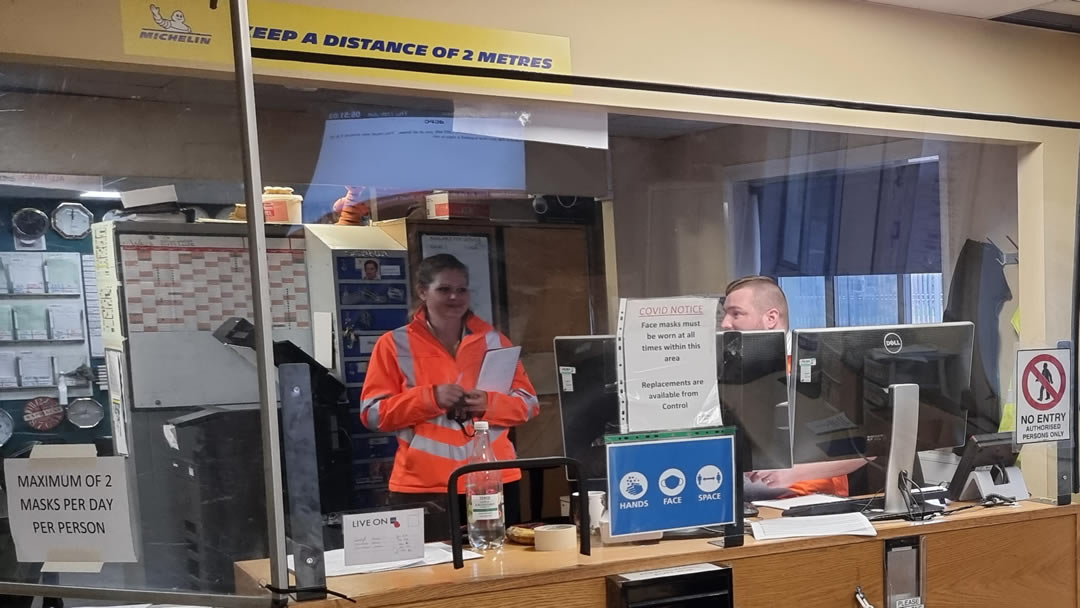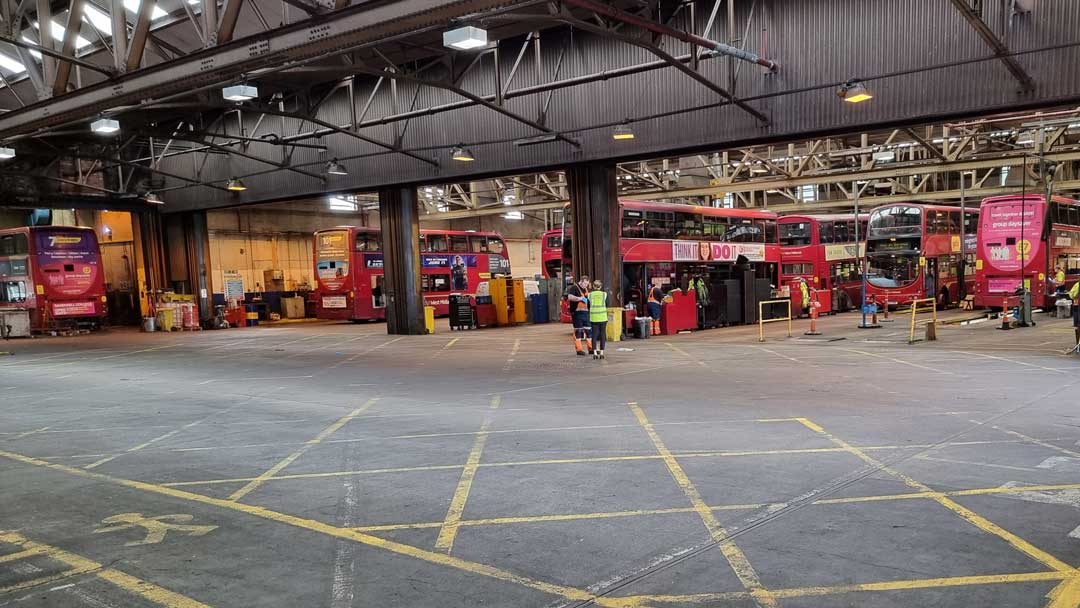Or: What Back to the Future can teach us about Duty Allocation
There’s a famous scene at the end of Back to the Future, where the film’s hero Marty McFly warns his mentor Doc Brown to back up their DeLorean time machine as there isn’t enough road to reach the required speed. Doc, of course, emphatically pulls down his shades and responds, “Roads? Where we’re going we don’t need roads!” If you are too young to have seen it (or too old to remember!) you can watch it here.
It is such a powerful scene because it redefines the concept of what is possible by removing a previously fundamental restricting factor. But while Back to the Future director Robert Zemeckis, through Doc Brown, eliminated roads, could we do something similarly transformational in duty allocation?
To that end, perhaps it is time to ask ourselves to imagine a future without rotas.
A future without rotas
I confess that the concept of a future without rotas is so radical that it actually didn’t occur to me at all – rather, the idea came about through the conversations I regularly have with Trapeze customers. In discussing the new Auto Allocation module for DAS we became aware that for some bus operators the potential of this solution is even greater than we had realised.
While we at Trapeze were thinking of Auto Allocation as a way to dramatically increase the efficiency of forward allocation and improve the quality and consistency of allocation decisions, some of our customers were way ahead of us, considering its potential to fundamentally change the way that duty allocation is undertaken.
They were asking if it meant we wouldn’t even need rotas.
The implications of rota reduction
Auto Allocation has the potential to radically change our processes because it enables operators to automatically assign the drivers to the most suitable shifts based on skillset, availability and preference, up to six months in advance. Irregular occurrences such as sickness, personal appointments and holidays can all be accounted for.
Such decisions are made solely on reliable driver data, ensuring maximum operational efficiency and fair and suitable shift patterns for drivers. By removing ‘gut feel’ and inconsistency from decision making, Auto Allocation can ensure these vital decisions are taken quickly and in line with strategic objectives.
With this kind of tool in place there could conceivably be very little requirement for an actual rota. So operators could say goodbye to producing pages upon pages of rotas – and of course all the hours spent entering and managing data.
Helping drivers
Clearly a change on this level would need to be considered alongside drivers. However, there is an argument that such an approach could actually help drivers. As one of my colleagues previously explained, modern workers in all sectors demand greater flexibility from their employers.
I believe that embracing technology could not only enable us to streamline operational efficiency; it would also mean we can better cater for modern drivers, offering them the flexibility to enjoy the right work-life balance, and enabling them to fit work around vital elements such as social events, family commitments and other personal appointments.
Collaborating on a better future
But while a future without rotas may still seem fanciful or futuristic for some, one thing is for sure: this potential revelation only came about through conversation with customers. Over the past year myself and others in the Trapeze team have been on a hugely rewarding collaborative journey as we work alongside our customers on the design of DAS Anywhere and Novus SchedulePlus.
We have learnt so much from this process. But if there is one overarching lesson it is that revelations on this scale won’t come from our brains alone. It is therefore vital that we continue to work together to exchange and refine ideas.
Whether it’s a future without rotas or something else that we haven’t even imagined today, I believe that by collaborating we will reach a better future.





